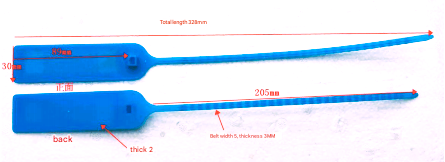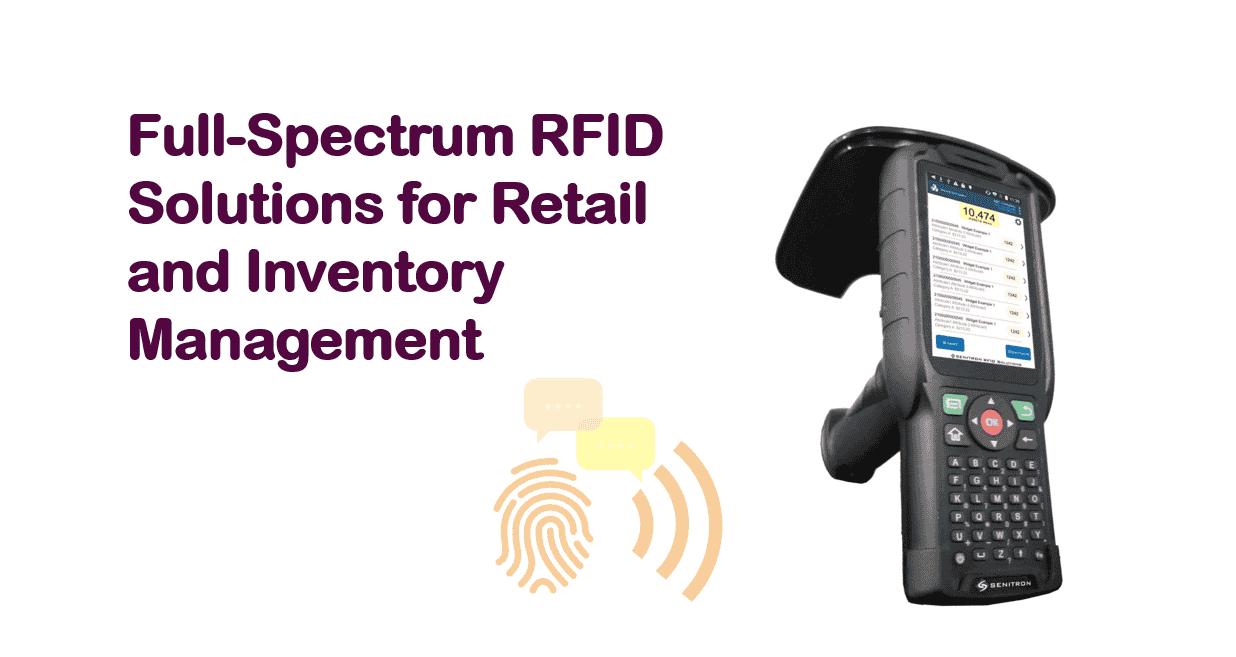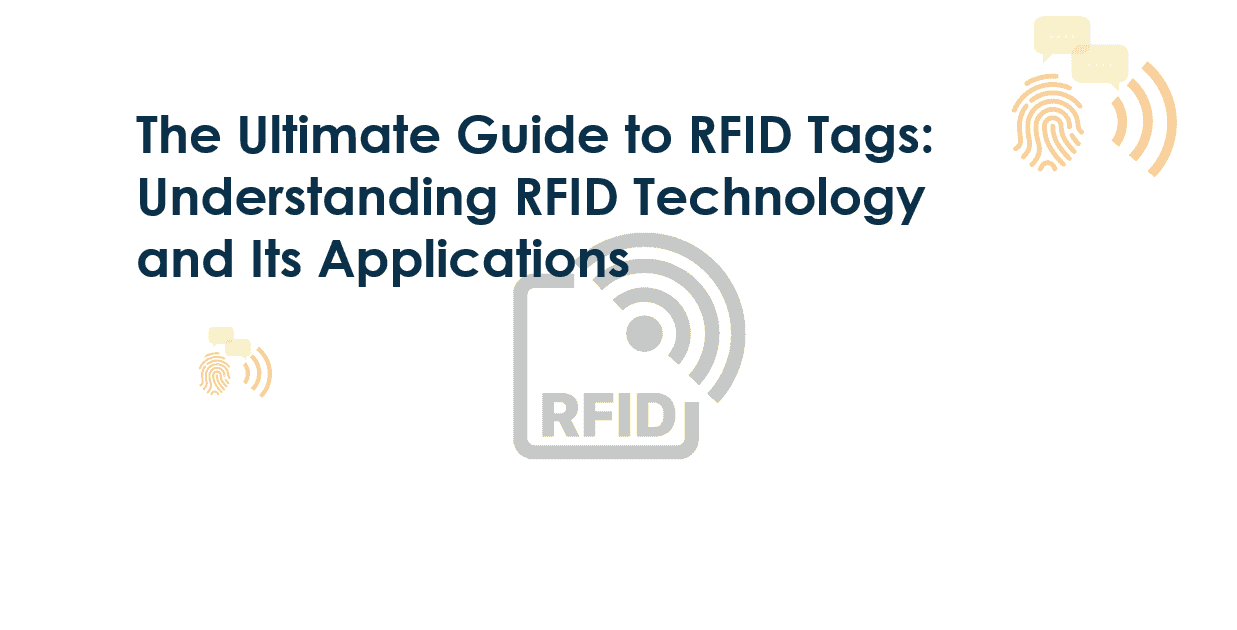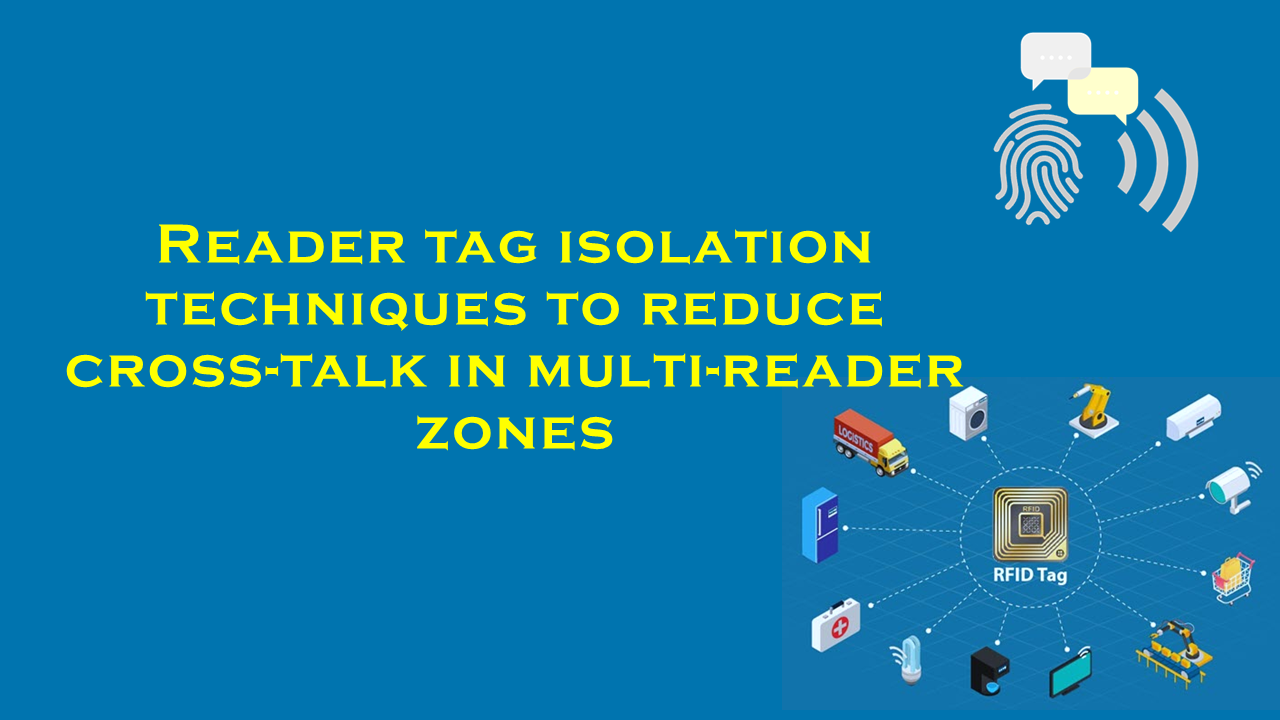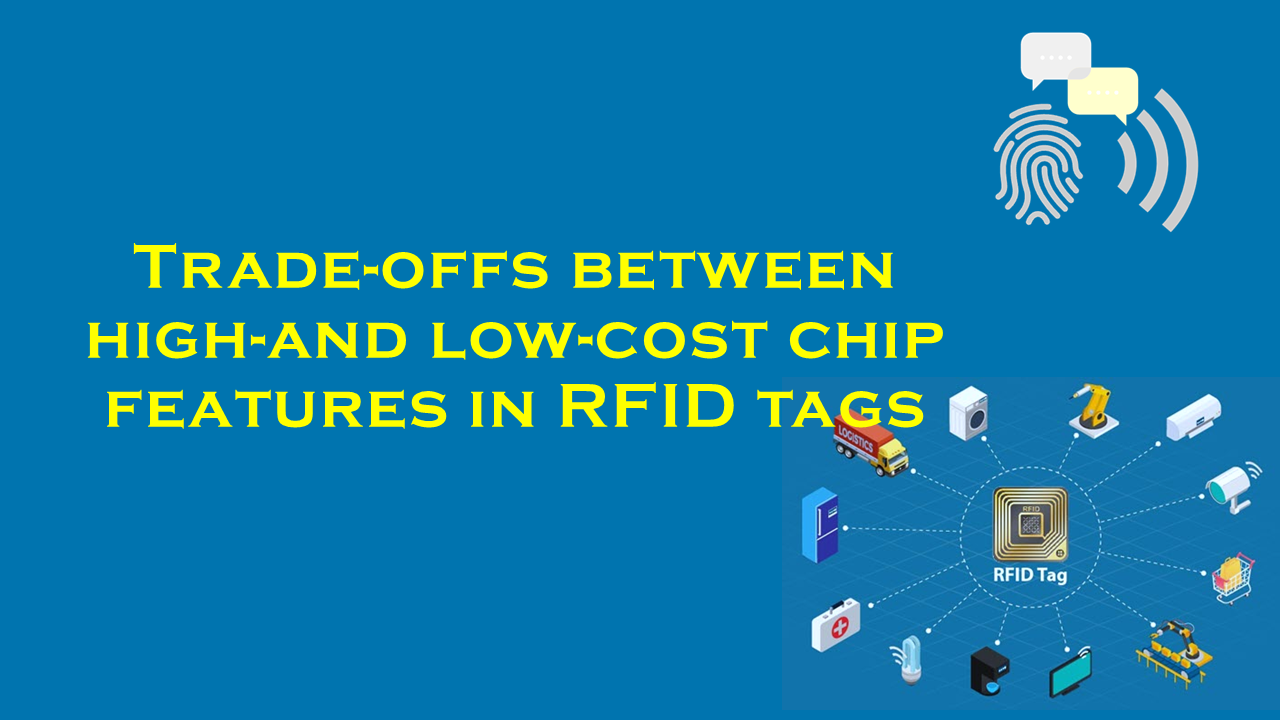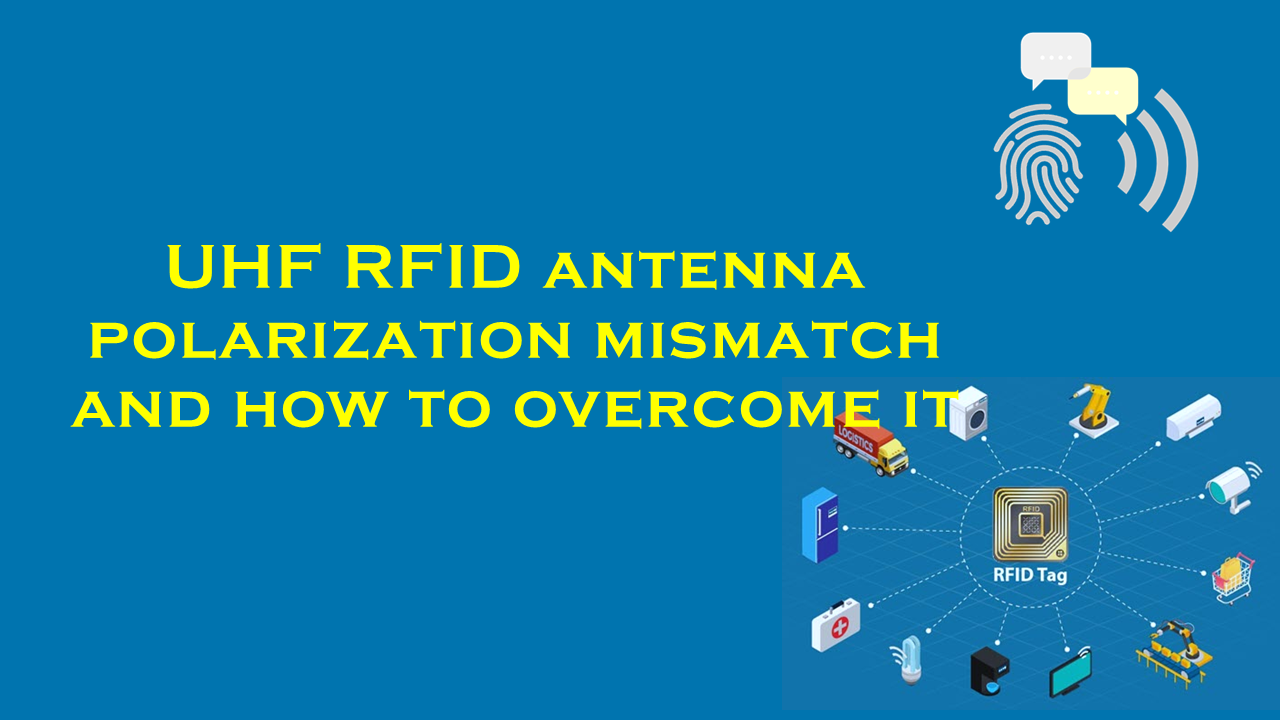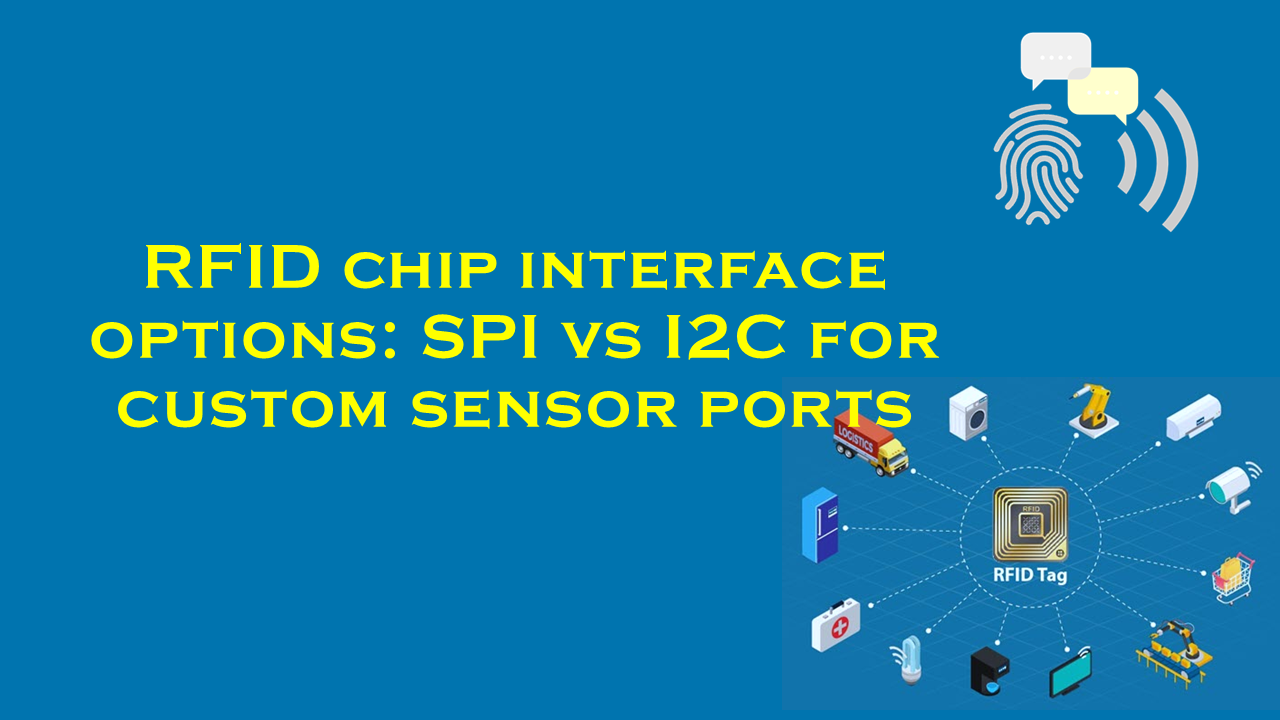Reader backscatter decoding methods: hardware vs firmware approaches
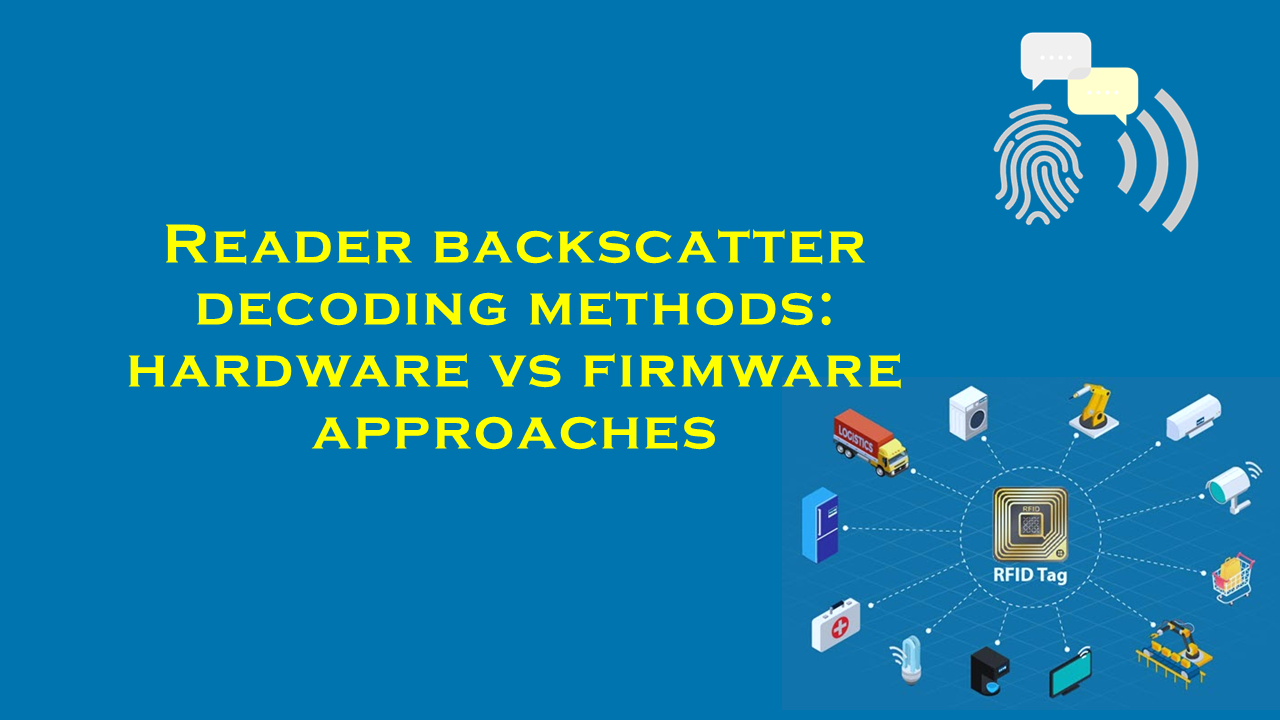
Reader Backscatter Decoding Methods: Hardware vs Firmware Approaches
Introduction to RFID and Backscatter Communication
Radio Frequency Identification (RFID) technology has revolutionized industries through automated data capture, enabling seamless tracking of assets, inventory, and personnel. A critical component of RFID systems is backscatter communication, where passive tags reflect modulated signals to readers. The efficiency of decoding these signals—turning radio waves into actionable data—determines system performance. Two primary methods dominate backscatter decoding: hardware-based and firmware-based approaches. This article explores their differences, applications, and market dynamics, with insights into how leading suppliers like purchaserfid.com are shaping the industry.
Overview of Reader Backscatter Decoding
Backscatter decoding involves extracting data from RFID tags, which lack internal power sources. When a reader emits a radio signal, the tag modulates its antenna’s reflectivity to encode information. The reader must then decode this weak, noise-prone signal. The method of decoding—whether through dedicated hardware components or software algorithms—impacts speed, accuracy, cost, and adaptability.
Hardware-Based Decoding Methods
Components and Technology
Hardware approaches rely on specialized circuits like Application-Specific Integrated Circuits (ASICs) or Field-Programmable Gate Arrays (FPGAs). These components are optimized for real-time signal processing, minimizing latency.
Advantages
- Speed: ASICs process signals with nanosecond-level latency, ideal for high-speed logistics (e.g., conveyor belt systems).
- Power Efficiency: Dedicated circuits consume less power than general-purpose processors.
- Noise Resilience: Hardware filters reduce interference, achieving up to 99% accuracy in high-noise environments (2023 benchmark study).
Disadvantages
- Cost: ASIC development costs exceed $500,000, making them economical only at scale.
- Inflexibility: Circuits are hardwired, limiting post-deployment updates.
Statistics
- Hardware-based solutions dominate 60% of the RFID reader market (MarketsandMarkets, 2023).
- ASIC-driven readers decode 1,000 tags/second, outperforming firmware counterparts by 30% (RFID Journal, 2023).
Firmware-Based Decoding Methods
Components and Technology
Firmware methods use software algorithms on Digital Signal Processors (DSPs) or microcontrollers. These systems adapt dynamically, allowing updates to tackle new protocols or environments.
Advantages
- Flexibility: Algorithms can be updated remotely, supporting evolving standards like RAIN RFID.
- Cost-Effectiveness: Lower upfront costs, suitable for SMEs.
- Adaptive Filtering: Machine learning enhances noise reduction over time.
Disadvantages
- Latency: Processing delays (up to 700 tags/second) may bottleneck high-throughput settings.
- Power Consumption: General-purpose processors consume 15–20% more energy than ASICs.
Statistics
- Firmware adoption is rising at 12% CAGR, driven by IoT expansion (Grand View Research, 2023).
- 45% of retail sectors prefer firmware solutions for scalability (ABI Research, 2022).
Comparative Analysis: Hardware vs Firmware
| Factor | Hardware | Firmware |
|---------------------|---------------------------------------|----------------------------------------|
| Speed | ~1,000 tags/second | ~700 tags/second |
| Cost | High initial ($50K/unit) | Lower initial ($10K–$20K/unit) |
| Flexibility | Fixed functionality | Updatable via software |
| Power Use | 5–10W | 12–15W |
| Best For | Industrial, Aerospace | Retail, Healthcare |
Purchaserfid.com: Pioneering RFID Solutions
As a leading RFID supplier, purchaserfid.com bridges the hardware-firmware divide. Their product portfolio includes:
- HDX Series: ASIC-based readers for manufacturing, achieving 99.9% uptime in automotive plants.
- FlexiRead Series: Firmware-driven readers with OTA updates, deployed in 500+ retail stores globally.
With a 98% customer satisfaction rate and presence in 30+ countries, purchaserfid.com exemplifies innovation. Their hybrid solutions, such as FPGA platforms with modular firmware, cater to diverse needs, from pharmaceuticals to smart cities.
Conclusion
The choice between hardware and firmware decoding hinges on application demands: raw speed versus adaptability. Hardware excels in static, high-stakes environments, while firmware thrives where protocols evolve. As the RFID market grows—projected to hit $40.5 billion by 2030 (Grand View Research)—suppliers like purchaserfid.com will remain pivotal, offering tailored solutions that harness both approaches. By balancing performance and flexibility, they empower industries to unlock RFID’s full potential.


